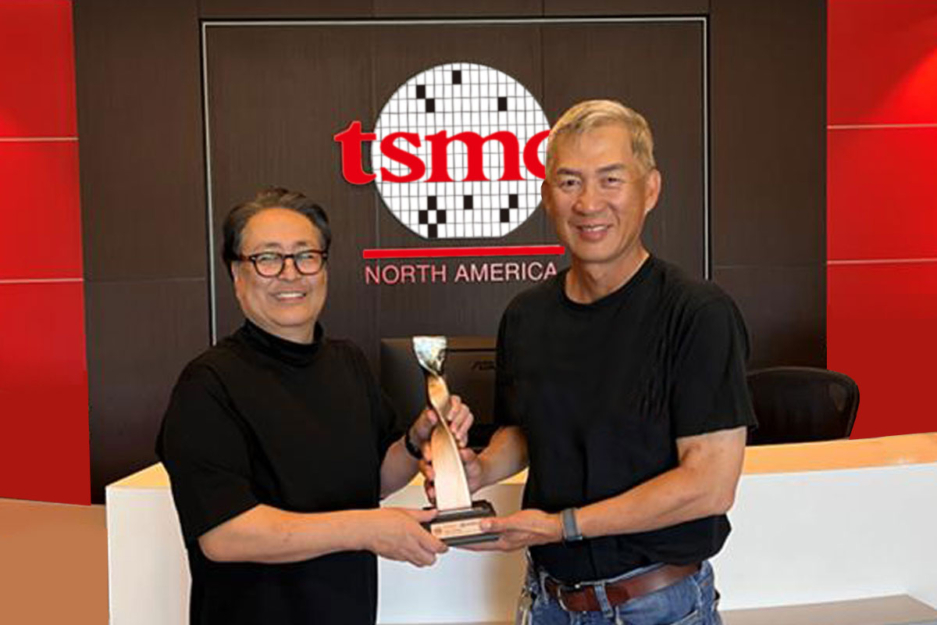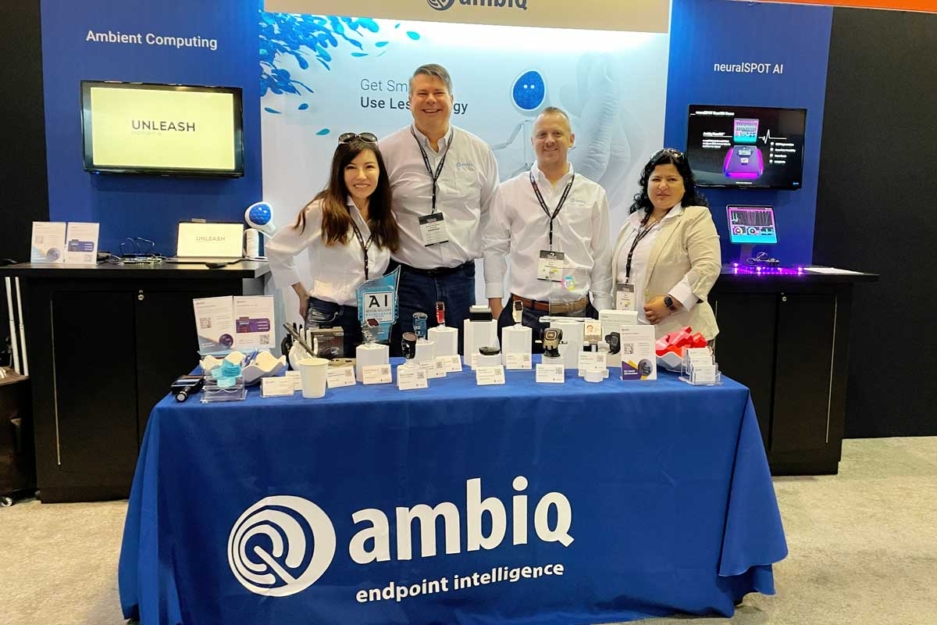How Much You Need To Expect You'll Pay For A Good apollo 3.5 blue plus processor
How Much You Need To Expect You'll Pay For A Good apollo 3.5 blue plus processor
Blog Article

Powered via the Ambiq Apollo3 Blue microcontroller (MCU), the token can be a physical product utilizing Bluetooth® alerts to trace Other people nearby. Besides becoming accurate, secured, Protected, and in a small variety issue, the Apollo3 Blue delivers the mandatory overall performance with no sacrificing battery lifetime. The token is predicted to last four to six months without having a recharge.
An EOR would start the immediate-landing spacecraft in two smaller components which would Mix in Earth orbit. A LOR mission would entail just one rocket launching two spacecraft: a mom ship, plus a smaller sized, two-male landing module which might rendezvous back with the principle spacecraft in lunar orbit. The lander could well be discarded plus the mother ship would return dwelling.[38]
With as many as 2MB of MRAM and a couple of.75MB of SRAM, the Apollo4 Plus has over sufficient compute ability and storage to manage advanced algorithms and neural networks though displaying vivid, crystal-distinct, and easy graphics.
Within the return to Earth, a bearing at the Guam monitoring station unsuccessful, perhaps protecting against communication on the final phase in the Earth return. A daily repair was impossible in the available time however the station director, Charles Drive, experienced his ten-yr-aged son Greg use his little arms to succeed in into the housing and pack it with grease. Greg was later thanked by Armstrong.[179] Splashdown and quarantine
"We've been privileged to contain the collaboration with EDBI, Excelpoint, and iWOW, and therefore are pleased with the results we see during the Singapore TraceTogether token."
If added memory is necessary, exterior memory is supported through Ambiq’s superior bandwidth hexSPI and eMMC interfaces.
Apollo eleven was introduced by a Saturn V rocket from Kennedy Space Centre on Merritt Island, Florida, on July sixteen at thirteen:32 UTC, and it absolutely was the fifth crewed mission of NASA's Apollo system. The Apollo spacecraft had a few areas: a command module (CM) using a cabin with the three astronauts, the sole part that returned to Earth; a services module (SM), which supported the command module with propulsion, electrical electricity, oxygen, and drinking water; and also a lunar module (LM) that experienced two phases—a descent stage for landing over the Moon and an ascent stage to place the astronauts back into lunar orbit.
[242] The stays in the ascent phase lie at an unfamiliar location about the lunar surface, after currently being abandoned and impacting the Moon. The placement is unsure since Eagle ascent phase wasn't tracked immediately after it was jettisoned, plus the lunar gravity industry is sufficiently non-uniform to help make the orbit from the spacecraft unpredictable soon after a short time.[243]
Examine much more SoC Ambiq Apollo loved ones of SoC represents a quantum leap forward in ultra-reduced power style, delivering quite possibly the most Vitality-effective sensor processing remedies in the market.
These devices, run with the Ambiq Apollo3 Blue SoC, benefit from Bluetooth signals to trace people in proximity and might work without a recharge for an impressive four to six months.
About the morning of Aug. 26, 1967, the crawler transporter rolled underneath ML-one and picked it up from its 6 mount mechanisms. The primary flight-All set Saturn V exited the VAB to begin its slow rollout to Start Pad 39A, with reporters from worldwide witnessing the historic celebration. The 18-million-pound combination of the rocket, the cellular launcher, the start umbilical tower, plus the crawler transporter moved at fewer than one particular mile per hour to generate the 3.
Apollo eleven Commander Neil Armstrong working at an equipment storage place to the lunar module. This is probably the couple shots that show Armstrong throughout the moonwalk. Click on impression to enlarge.
Through his day traveling solo round the Moon, Collins in no way felt lonely. Despite the fact that it has been said "not considering that Adam has any human recognized such solitude",[172] Collins felt very much a Portion of the mission. In his autobiography he wrote: "this undertaking has been structured for 3 Guys, and I contemplate my third to get as needed as either of the other two".
giving the Apollo spacecraft having a Edge of ai free of charge-return trajectory, a person that would allow it to coast around the Moon and properly return to Earth without necessitating any motor firings must an issue come up on the way in which into the Moon;
 Get Smart. Use Less Energy.
Get Smart. Use Less Energy.
Ultra-low power SoCs for IoT endpoint devices
that demand complex operations
and longer battery life.
✍ Ambiq® is committed to further improve the quality of life by enabling the intelligence of endpoints while further reducing carbon footprints. Ambiq – your partner in endpoint intelligence.
✯✯✯Based in Austin, San Jose, Hsinchu, Shenzhen, and Shanghai, our leadership and management teams consist of advocates, builders, enthusiasts, entrepreneurs, explorers, incubators, inventors, pioneers, protectors, thinkers, and visionaries. With a diverse spectrum of experiences and skillset, we came together and united with one goal to enable the true Internet of Things where the battery-powered endpoint devices can truly be connected intuitively and intelligently 24/7.
Ambiq Wins the Demo of the Year Award at 2023 TSMC Technology SymposiumSeptember 7, 2023, Austin, TX – Ambiq®, a leading developer of ultra-low-power semiconductor solutions that deliver a multifold increase in energy efficiency, was awarded the Demo of the Year Award by TSMC as a participant of the Innovation Zone at the 2023 TSMC North America Technology Symposium.
Ambiq Wins the Demo of the Year Award at 2023 TSMC Technology Symposium
During the April event, Ambiq showcased various product design wins using TSMC’s 22nm technology in wearables, digital health, smart home, Industrial IoT, pet trackers, and retail segments, with industry-leading energy efficiency. Ambiq also featured two live demos emphasizing its leadership in enabling endpoint AI with its HeartKit™ for remote patient monitoring and its graphics display capabilities for a vivid user interface.

TSMC pioneered the pure-play semiconductor foundry business model when it was founded in 1987, helping startup companies accelerate their innovations by providing access to the industry’s leading process technologies and manufacturing capacity. Since 2021, TSMC has expanded that mission with an Innovation Zone at its worldwide Technology Symposiums, highlighting how TSMC partners with startup companies to enable cutting-edge products from various applications, including high-performance computing, communication, automotive, IoT, and consumer segments.
“We’re grateful to TSMC and our booth visitors for allowing us to share our energy-efficient technology and processor solutions with them,” said Ambiq’s CEO, Fumihide Esaka. “We’re moving towards an exciting frontier of AI becoming more engrained with our daily lives. With that vision on the horizon, we will continue to develop innovative and first-of-its-kind ultra-low-powered solutions that keep innovation and sustainability in mind.

Ambiq’s mission is to develop the lowest-power semiconductor solutions to enable intelligent devices everywhere by developing the lowest-power semiconductor solutions to drive a more energy-efficient, sustainable, and data-driven world. Ambiq has helped leading manufacturers worldwide develop products that last weeks on a single charge (rather than days), while delivering a maximum feature set in compact industrial designs. Ambiq’s goal is to take Artificial Intelligence (AI) where it has never gone before in mobile and portable devices, using Ambiq’s advanced ultra-low power system on chip (SoC) solutions. Ambiq has shipped more than 200 million units as of March 2023.
Ambiq Designs Low-Power for Next Gen Endpoint Devices
Ambiq’s VP of Architecture and Product Planning, Dan Cermak, joins the ipXchange team at CES to discuss how manufacturers can improve their products with ultra-low power. As technology becomes more sophisticated, energy consumption continues to grow. Here Dan outlines how Ambiq stays ahead of the curve by planning for energy requirements 5 years in advance.
Ambiq Highlights From Embedded World 2024
Facebook | Linkedin | Twitter | YouTube Report this page